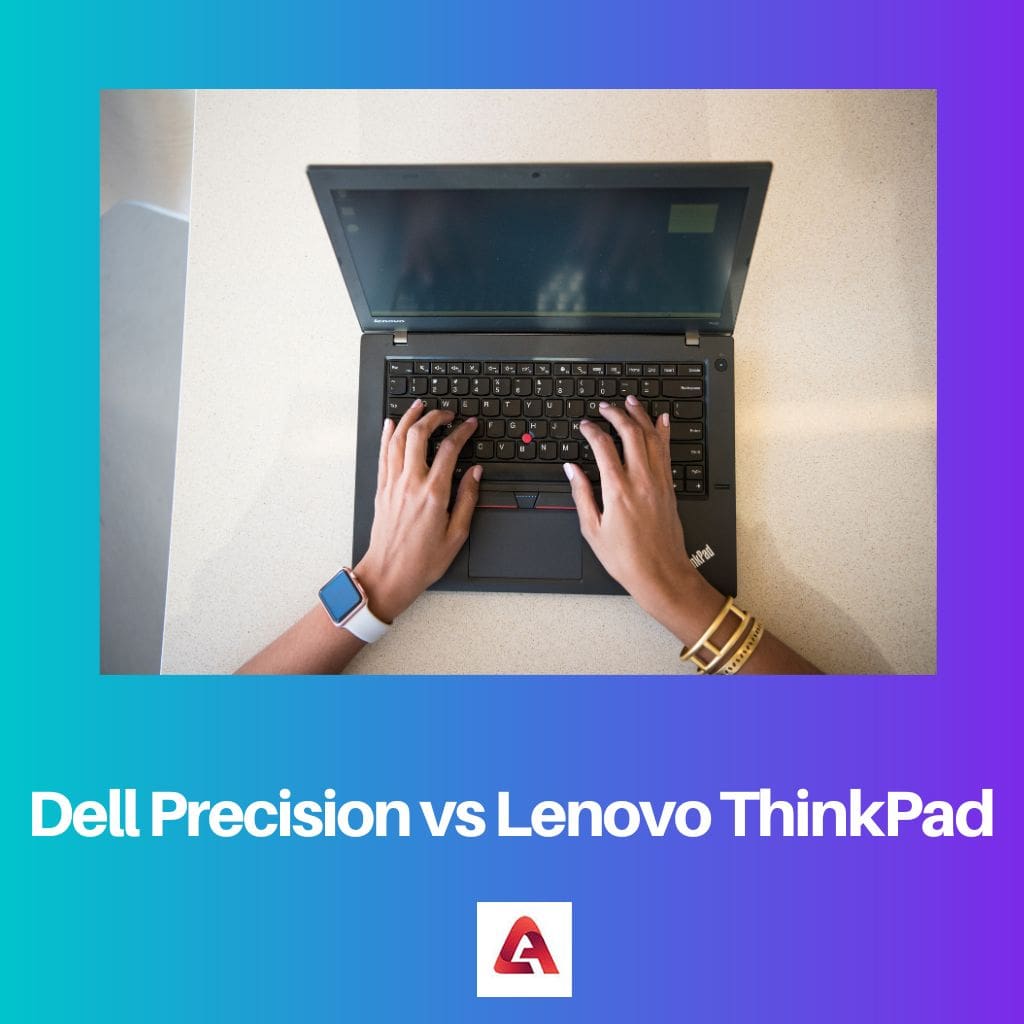Key Takeaways
- Gorilla Glass is a damage-resistant glass used on phones, while guards are plastic screen protectors.
- Gorilla Glass is built into the display while guards can be applied or removed.
- Guards provide an extra sacrificial layer while Gorilla Glass is the primary protection.
What is Gorilla Glass?
Gorilla Glass is a type of chemically strengthened glass manufactured by Corning Incorporated, a renowned American glass and ceramics company. It is designed to be highly durable, scratch-resistant, and resistant to damage from impacts. Gorilla Glass is commonly used as a cover glass for electronic devices, such as smartphones, tablets, laptops, and smartwatches, to protect their displays from scratches, drops, and other forms of damage.
The glass gets its strength and resilience through an ion exchange manufacturing process. During this process, the glass is immersed in a molten salt bath, where larger potassium ions replace smaller sodium ions present on the surface. This ion exchange process creates a layer of compressive stress on the surface of the glass, making it more resistant to cracks and breaks.
What is Screen Guard?
A screen guard, also known as a screen protector or screen film, is a thin, transparent sheet made of materials like plastic or tempered glass that is applied on top of the display screen of electronic devices, such as smartphones, tablets, and laptops. The purpose of a screen guard is to provide an additional layer of protection for the screen, preventing scratches, smudges, and other forms of damage.
Screen guards are designed to be durable and impact-resistant, acting as a sacrificial layer that takes the brunt of daily wear and tear, keeping the actual display underneath safe. They come in various forms, including clear, matte, or anti-glare finishes, and may offer additional features like privacy filters to limit viewing angles or anti-fingerprint coatings to reduce smudging.
Difference Between Gorilla Glass and Screen Guard
- Gorilla Glass is a specialized type of chemically strengthened glass, whereas a screen guard is made of plastic or tempered glass. Gorilla Glass is specifically designed to provide durability and scratch resistance, whereas screen guards offer an additional layer of protection that can be applied on top of any type of glass, including Gorilla Glass.
- Gorilla Glass is integrated into electronic devices during the manufacturing process. It is precisely engineered and optimized for the specific device, ensuring a seamless fit and preserving the original design and touch sensitivity. Screen guards, on the other hand, are separate accessories that can be purchased and applied to the device’s screen after the initial purchase. They are available in different sizes to fit various device models.
- Gorilla Glass is known for its exceptional strength and scratch resistance, designed to withstand everyday wear and tear, including accidental drops and scratches from objects like keys or coins. It provides a durable and robust screen surface. Screen guards, while offering an additional layer of protection, may not provide the same strength and scratch resistance level as Gorilla Glass. They primarily act as sacrificial layers to absorb minor scratches and scuffs, preserving the underlying screen.
- Gorilla Glass is engineered to maintain the device’s display’s clarity, visibility, and touch sensitivity. It undergoes specific manufacturing processes to ensure optimal visual quality and responsiveness. Screen guards, depending on their quality, may vary in terms of transparency, anti-glare properties, and touch sensitivity. Lower-quality screen guards might impact screen visibility or touch responsiveness.
- Gorilla Glass is designed to integrate seamlessly with device features like fingerprint sensors or advanced touch technologies. Manufacturers can optimize the performance of Gorilla Glass for specific device functionalities. In contrast, screen guards are universal accessories that are not specifically tailored to the device’s features. Depending on their design and compatibility, they might interfere with certain functionalities, such as fingerprint recognition or touchscreen accuracy.
Comparison Between Gorilla Glass and Screen Guard
| Parameter of Comparison | Gorilla Glass | Screen Guard |
|---|---|---|
| Material | Specialized chemically strengthened glass | Plastic or tempered glass |
| Integration | Integrated during device manufacturing process | Applied as a separate accessory after device purchase |
| Level of Protection | Exceptional strength and scratch resistance | Integrated during the device manufacturing process |
| Visibility and Touch Sensitivity | Optimized for clarity, visibility, and touch responsiveness | Varies depending on the quality of the screen guard |
| Integration with Device Features | Can be tailored to devise features like fingerprint sensors | Not specifically designed to integrate with device features |
- https://www.sciencedirect.com/science/article/pii/S0040609011009205?casa_token=qxm3vsQqJ80AAAAA:n71kzw8lwJyUuRo7greie-ZpSXxDcHzYhEzUh9yiMI5Kd0YppU6T8mlkDfmMiyAMK4FYenF52Q
- https://www.sciencedirect.com/science/article/pii/S1359645407000213?casa_token=upeGFD4qKdgAAAAA:TiEDKtdZiEuAQJRJGIh_x-dcdG2AdEm5nMPyCA52fStMLwnGoxM2nNeEgCgRIjFNoOajXKLoQA





